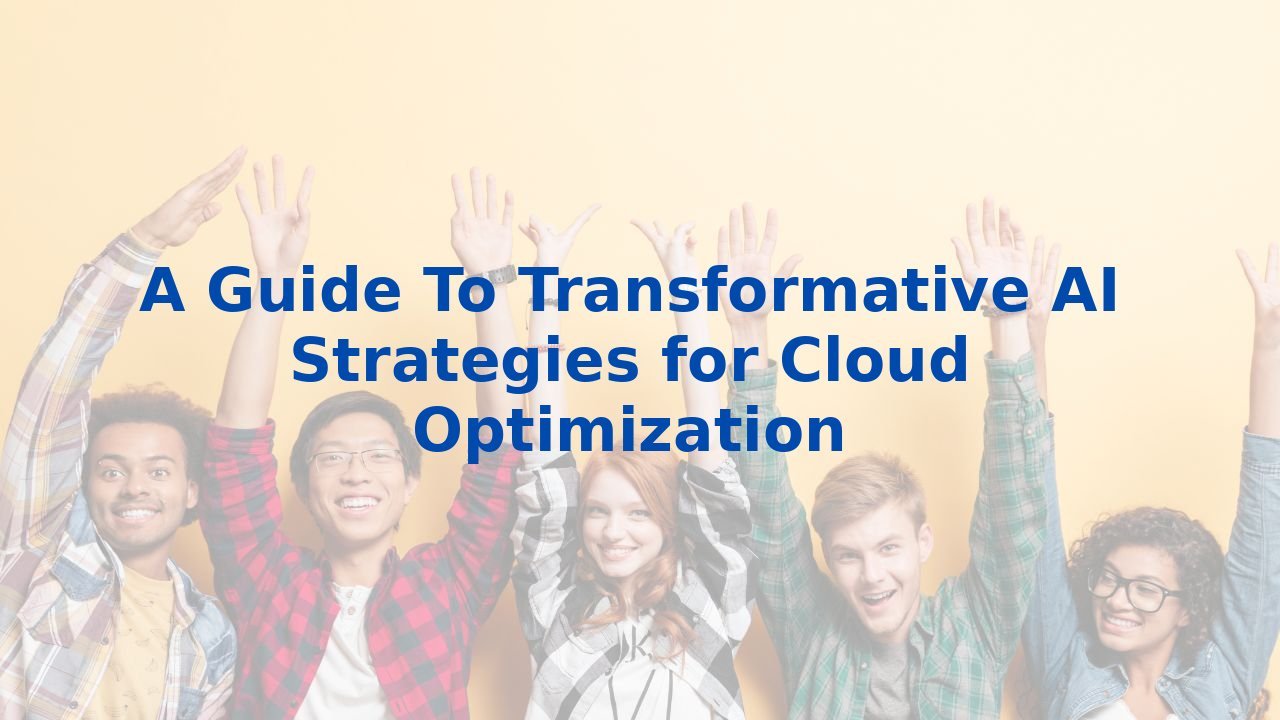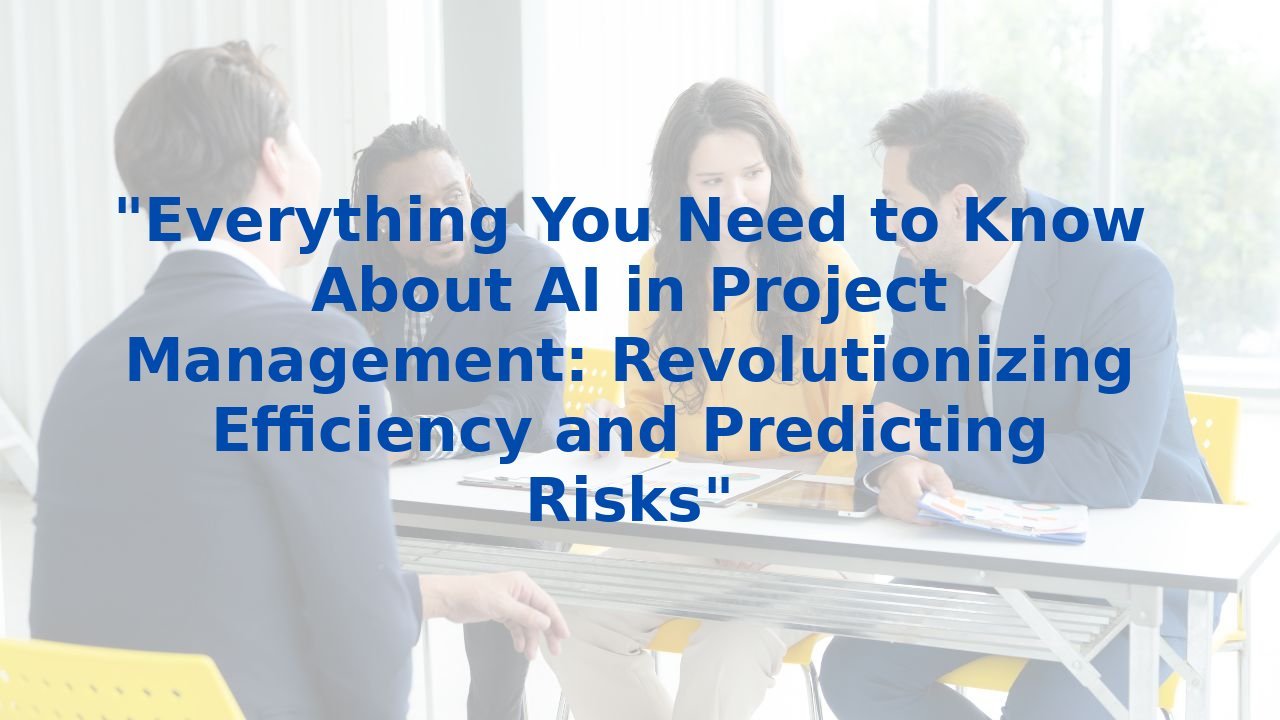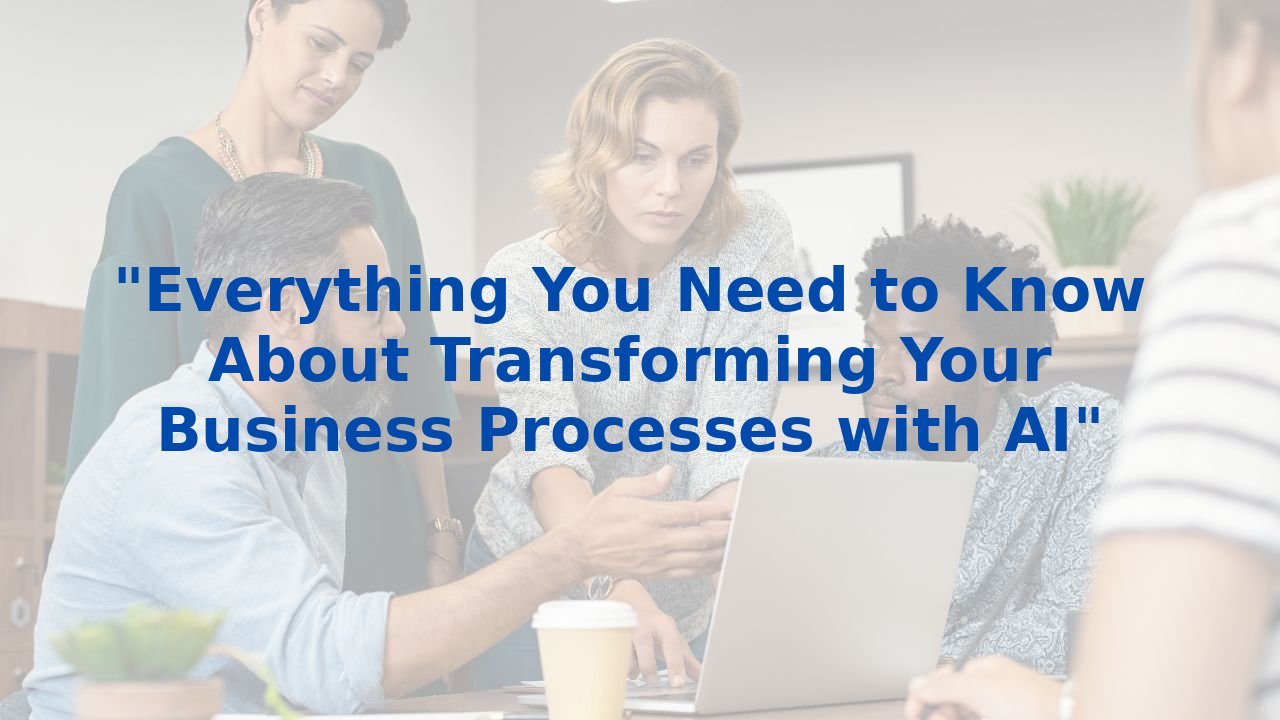A Guide To Transformative AI Strategies for Cloud Optimization
A Guide To Transformative AI Strategies for Cloud Optimization
Introduction
In the competitive digital landscape, cloud optimization is no longer merely a necessity but a vital strategic advantage for organizations. AI, with its unparalleled capability for data processing and analysis, has entered this arena, transforming cloud optimization from a routine task into a potent strategy for enhancing efficiency, scalability, and security. This guide will explore the crucial business processes AI enhances and outline the manifold benefits it brings to organizations navigating the cloud-centric future.
1. Cloud Migration and Optimization
When migrating to the cloud, organizations face the colossal task of managing extensive data and numerous applications. Here lies the opportunity for AI to shine. By scrutinizing real-time data from various sources, AI identifies operational bottlenecks and adjustments necessary for optimizing system performance. AI-powered tools can analyze dependencies between applications, performance metrics, and financial factors, leading to insightful recommendations for optimal migration strategies. This automated approach expedites the cloud journey, unlocking the true potential of frameworks in a competitive market.
2. AI-Driven Cloud Cost Optimization
Cost-efficiency is paramount in any operational endeavor. AI lends a helping hand by continuously analyzing usage patterns, discovering potential cost-saving opportunities, and recommending the most cost-effective pricing plans available. This provides organizations with a powerful ability to achieve substantial savings while maintaining performance standards. Consider the impact of AI in optimizing serverless functions: it minimizes latency and execution times, resulting in more efficient operations and lower expenditures.
3. Resource Allocation and Management
In the relentless pursuit of operational efficiency, AI emerges as an ally in resource allocation. It forecasts resource usage and provisions them accordingly, ensuring organizations can sidestep the pitfalls of underutilization or over-allocation. By assessing available resources, performance history, and improvement avenues, businesses can realize heightened operational efficiencies. Real-time monitoring fueled by AI enables dynamic adjustments in response to workload variations, maintaining a seamless user experience and optimal performance levels.
4. Automation of Routine Tasks
Often, the most mundane aspects of IT management hinder rapid organizational growth. AI alleviates this burden by automating repetitive tasks such as resource provisioning, performance monitoring, and system patching. As a result, significant resources are freed, allowing IT teams to redirect their efforts toward strategic projects. This shift in focus not only leads to proactive maintenance but also substantially diminishes downtime, enhancing overall productivity.
5. Enhanced Security
In a world rife with data breaches and cyber threats, the significance of robust security measures cannot be overstated. AI excels in this domain through its ability to detect anomalies in network traffic and swiftly identify potential security breaches. Automated identity management harnessed through AI reduces unauthorized access dramatically. By implementing AI-powered solutions for security, organizations strengthen their defenses, ensuring that their cloud environments remain safe and secure from evolving threats.
6. Improved Performance
The performance of cloud applications directly impacts user satisfaction and operational efficiency. AI empowers organizations to continuously analyze application performance, pinpointing bottlenecks and proposing optimizations in real-time. Through advanced self-healing systems, AI can autonomously detect and rectify issues, thereby safeguarding high availability and performance levels. This dynamic adaptability ensures that organizations can maintain consistent service delivery, even amidst fluctuating traffic demands.
Benefits of Training Employees for AI
While AI enhances cloud optimization, it is equally essential that organizations invest in their human capital. Training employees on how to utilize AI tools effectively equips them to integrate these innovations seamlessly into their everyday workflows. Developing skills in data analysis, predictive maintenance, and automation will ensure that teams can leverage AI's potential to make informed decisions regarding resource allocation and cost optimization. A well-trained workforce can maximize AI's transformative impact, driving efficiency and driving informed decision-making.
Conclusion
The convergence of AI with cloud optimization marks a revolutionary shift in operational strategies. By automating routine tasks, refining resource management, enhancing security, and boosting overall performance, organizations are empowered to unlock unprecedented levels of efficiency and scalability. As businesses enter this cloud-centric future, embracing AI will be crucial to optimizing infrastructure and enhancing service delivery. Recognizing and acting on these AI-driven capabilities prepares organizations to thrive in a rapidly evolving digital landscape, thus driving sustained growth and innovation.
To ensure you are ready for this transformation, consider exploring opportunities for complete AI training. Investing in education today can lead to significant transformations tomorrow.



